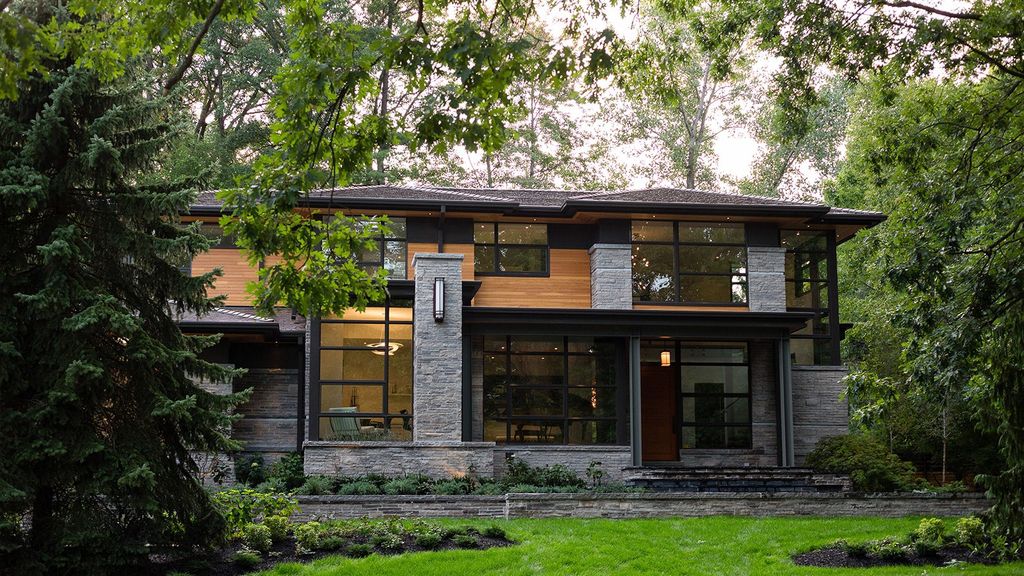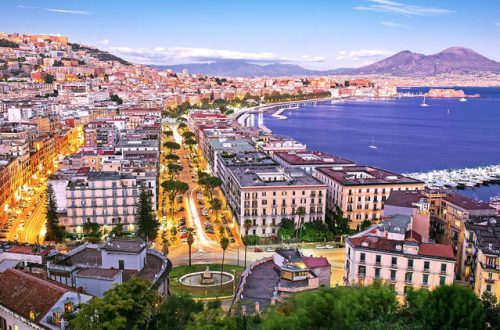Miami, renowned for its vibrant culture and stunning beaches, is also a haven for architectural innovation. From Art Deco gems to contemporary marvels, the city’s skyline tells a tale of creativity and cultural richness. Let’s delve into the unique architectural landscape that defines Miami architects.
Art Deco Revival: Preserving History with Style
Miami Beach’s Art Deco Historic District stands as a testament to the city’s commitment to preserving its past while embracing modernity. Dating back to the 1920s and 1930s, these buildings boast pastel hues, geometric motifs, and streamlined forms that characterize the Art Deco movement. Architects like Henry Hohauser and L. Murray Dixon left an indelible mark, blending elegance with functionality in structures like the Colony Hotel and the Beacon South Beach Hotel.
The Magic of Modernism: Pioneering Contemporary Design
Moving into the mid-20th century, Miami became a canvas for Modernist architects who pushed boundaries with their sleek, minimalist designs. Morris Lapidus, known for his theatrical style, redefined luxury with the Fontainebleau Hotel. Its sweeping curves and lavish interiors set a new standard in hospitality architecture, influencing resorts worldwide. Similarly, Arquitectonica, founded in Miami in 1977, introduced bold shapes and vibrant colors to the cityscape, evident in the iconic Atlantis Condominium and the American Airlines Arena.
Sustainable Futures: Green Architecture in the Sunshine State
As environmental consciousness grew, Miami embraced sustainable architecture. Chad Oppenheim, with his eponymous firm, champions eco-friendly design principles in projects like the COR Building, blending natural elements with modern aesthetics. The Pérez Art Museum Miami (PAMM), by Herzog & de Meuron, exemplifies sustainable architecture with its elevated terraces and extensive use of local materials, harmonizing with the city’s lush landscape.
Beyond Boundaries: Global Influences and Futuristic Visions
Miami’s architectural diversity owes much to international influences. Zaha Hadid Architects’ One Thousand Museum, with its distinctive exoskeleton, epitomizes futuristic design, pushing technological and aesthetic limits. Additionally, the Pérez Architecture Center at the University of Miami, designed by Leon Krier, showcases classical forms adapted for a subtropical climate, fostering academic excellence in architectural education.
Reshaping Skylines: Urban Renewal and the Future of Miami
Looking ahead, Miami’s skyline continues to evolve with projects like Miami Worldcenter, a mixed-use development spearheaded by master planner Elkus Manfredi Architects. This endeavor integrates residential, retail, and cultural spaces, promising a dynamic urban experience. Moreover, the Faena District, conceived by Foster + Partners, redefines luxury living with its innovative blend of historic preservation and contemporary architecture.





